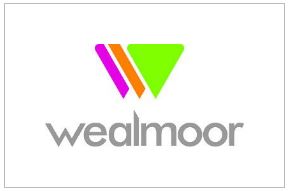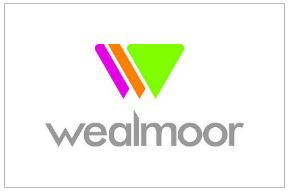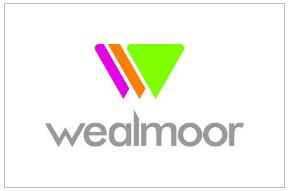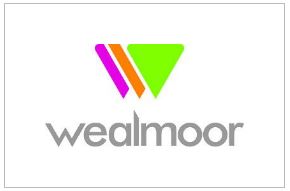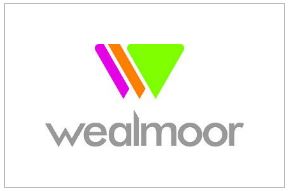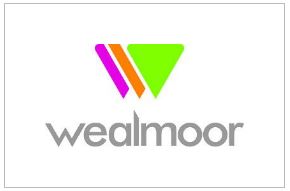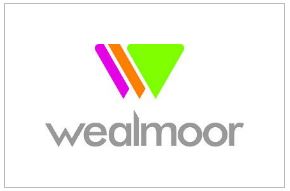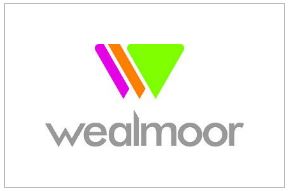Title Page
-
Conducted on
-
Prepared by
-
Location
- 7.1 Training: Raw material handling, preparation, processing, packing, and storage areas
-
7.1.1 All relevant personnel, including agency-supplied staff, temporary staff, and contractors, shall be appropriately trained prior to commencing work and adequately supervised throughout the working period.
-
7.1.2 Where personnel are engaged in activities relating to critical control points, relevant training and competency assessment shall be in place.
-
7.1.3 The site shall put in place documented programmes covering the training needs of relevant personnel. These shall include, at a minimum: <br>- identifying the necessary competencies for specific roles<br>- providing training or other action to ensure staff have the necessary competencies<br>- reviewing the effectiveness of training<br>delivery of training in the appropriate language of trainees.
-
7.1.4 All relevant personnel, including engineers, agency-supplied staff, temporary staff and contractors, shall have received general allergen awareness training and be trained in the site’s allergen-handling procedures.
-
7.1.5 All relevant personnel (including relevant agency-supplied staff, temporary staff and contractors) shall have received training on the site’s labelling and packing processes which are designed to ensure the correct labelling and packing of products.
-
7.1.6 Records of all training shall be available. This shall include, at a minimum: <br>- the name of the trainee and confirmation of attendance<br>- the date and duration of the training<br>- the title or course contents, as appropriate<br>- the training provider<br>- for internal courses , a reference to the material, work instruction or procedure that is used in the training<br>Where training is undertaken by agencies on behalf of the company, records of the training shall be available.<br>
-
7.1.7 The company shall routinely review the competencies of its staff. As appropriate, it shall provide relevant training. This may be in the form of training, refresher training, coaching, mentoring or on-the-job experience.
7.2 Personal hygiene: Raw material handling, preparation, processing, packing and storage areas
-
7.2.1 The requirements for personal hygiene shall be documented and communicated to all personnel. These shall include, at a minimum the following:<br>- watches shall not be worn <br>- jewellery shall not be worn, with the exception of a plain wedding ring or wedding wristband or medical alert jewellery<br>- rings and studs in exposed parts of the body, such as ears, noses and eyebrows, shall not be worn<br>- fingernails shall be kept short, clean and unvarnished<br>- false fingernails and nail art shall not be permitted<br>- excessive perfume or aftershave shall not be worn<br>Compliance with the requirements shall be checked routinely.<br>
-
7.2.2 Hand-washing shall be performed on entry to the production areas and at a frequency that is appropriate to minimise the risk of product contamination.
-
7.2.3 All cuts and grazes on exposed skin shall be covered by an appropriately coloured plaster that is different from the product colour (preferably blue) and contains a metal detectable strip. These shall be site issued and monitored. Where appropriate, in addition to the plaster, a glove shall be worn.
-
7.2.4 Where metal detection equipment is used, a sample from each batch of plasters shall be successfully tested through the equipment and records shall be kept.
-
7.2.5 Processes and written instructions for staff shall be in place to control the use and storage of personal medicines, so as to minimise the risk of product contamination.
7.3 Medical Screening
-
7.3.1 The site shall make employees aware of the symptoms of infection, disease or condition which would prevent a person working with open food. The site shall have a procedure which enables notification by employees, including temporary employees, of any relevant symptoms, infection, disease or condition with which they may have been in contact or be suffering from.
-
7.3.2 Where there may be a risk to product safety, visitors and contractors shall be made aware of the types of symptoms, infection, disease or condition which would prevent a person visiting areas with open food. Where permitted by law, visitors shall be required to complete a health questionnaire or otherwise confirm that they are not suffering from any symptoms which may put product safety at risk, prior to entering the raw material, preparation, processing, packing and storage areas.
-
7.3.3 There shall be documented procedures for employees, contractors and visitors relating to action to be taken where they may be suffering from or have been in contact with an infectious disease. Expert medical advice shall be sought where required.
7.4 Protective clothing: Employees or visitors to production areas
-
7.4.1 - The company shall document and communicate to all employees (including agency and temporary personnel), contractors or visitors the rules regarding the wearing of protective clothing in specified work areas (e.g. production areas, storage areas etc.). This shall also include policies relating to the wearing of protective clothing away from the production environment (e.g. removal before entering toilets, use of canteen and smoking areas).
-
7.4.2 Protective clothing shall be available that: <br>- is provided in sufficient numbers for each employee<br>- is of suitable design to prevent contamination of the product (as a minimum containing no external pockets above the waist or sewn-on buttons)<br>- fully contains all scalp hair to prevent product contamination<br>includes snoods for beards and moustaches, where required, to prevent product contamination.<br>
-
7.4.3 Laundering of protective clothing shall take place by an approved contracted or in-house laundry using defined criteria to validate the effectiveness of the laundering process. The laundry must operate procedures which ensure:<br>- adequate segregation between dirty and cleaned clothes<br>- effective cleaning of the protective clothing<br>- cleaned clothes are supplied protected from contamination until use (e.g. by the use of covers or bags).<br>Washing of protective clothing by the employee is exceptional but shall be acceptable where the protective clothing is to protect the employee from the products handled and the clothing is worn in enclosed product or low-risk areas only.<br>
-
7.4.4 Protective clothing shall be changed at an appropriate frequency, based on risk.
-
7.4.5 If gloves are used, they shall be replaced regularly. Where appropriate, gloves shall be suitable for food use, of a disposable type, of a distinctive colour (blue where possible), be intact and not shed loose fibres.
-
7.4.6 Where items of personal protective clothing that are not suitable for laundering are provided (such as chain mail, gloves and aprons), these shall be cleaned and sanitised at a frequency based on risk.
